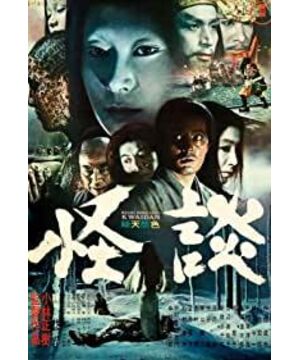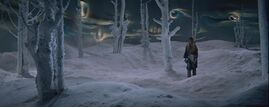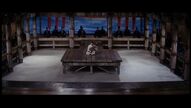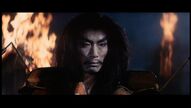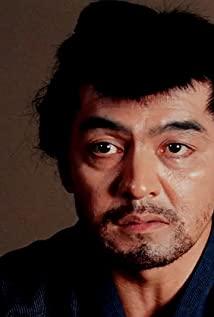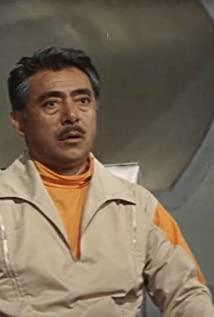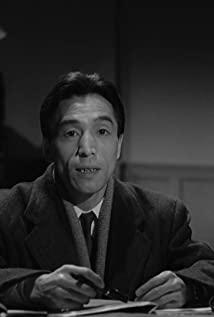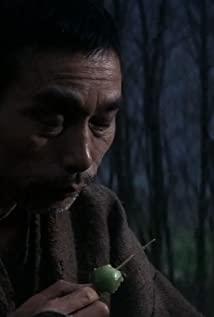In this film, the images in the lens are oriental, the organization of the images is western, and the final effect is refined, and the emotions conveyed may be called "sorrow of things".
From the shooting method, I feel that the composition of the classic Western movies, the concise shots, and the coldness are fixed in a single image, which may be in line with the concise Japanese style. But "Snow Girl" also has a painting-like setting, surreal eyes and red lips like clouds, which are really amazing.
In addition to the generous reproduction of the "Battle of Tanpu" pipa playing and singing in "Earless Qin Shi Fangyi", the soundtrack of the film is also concise. A large section of music is blank, and occasionally the piano sounds loudly, creating the effect of brittleness or even explosion. Personally, I think it is really suitable to increase the volume, let the sound suddenly hit the eardrum.
The first "Black Hair", the original title is "Samurai's Wife", has been changed a lot, changing the sadness and resentment of the original "Nowhere to Say Desolate" to cruel resentment. The original author, Yakumo Koizumi, is a Westerner. He came to Japan when he was not confused, and he heard about the folk stories of the East. When he recorded it, he might have brought the foreigners' soft and beautiful imagination of "Oriental exoticism". Cruelty is far more powerful.
The pipa arias in "The Earless Qin Shihichi" were composed and voiced by the Japanese Satsuma pipa master Tsuruta Kinshi behind the scenes. At the same time, they were supplemented by Japanese war painting scrolls to express historical battles, which made me prefer art works with strong narrative. People, really burn to death~~~
View more about Kwaidan reviews


